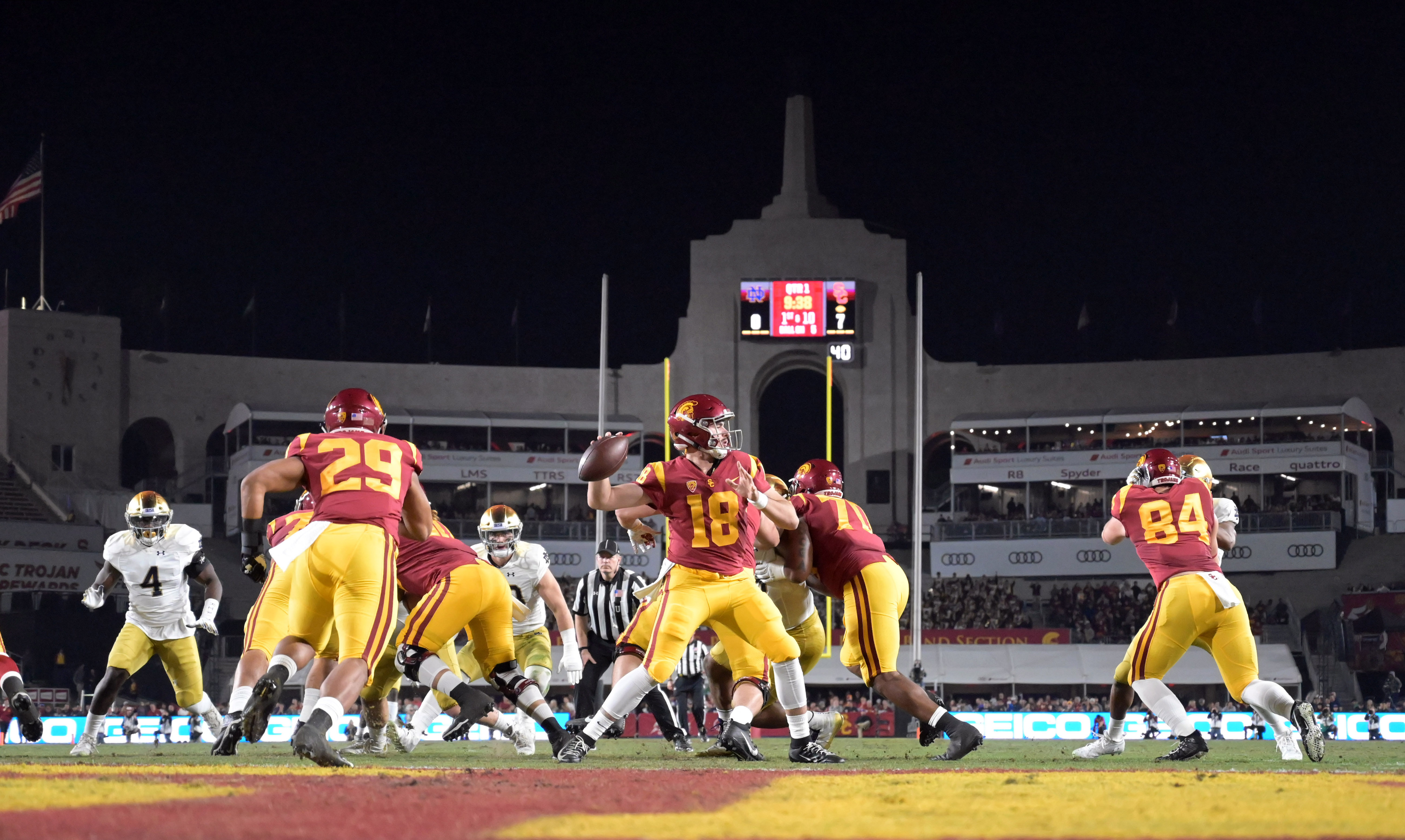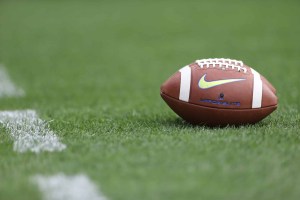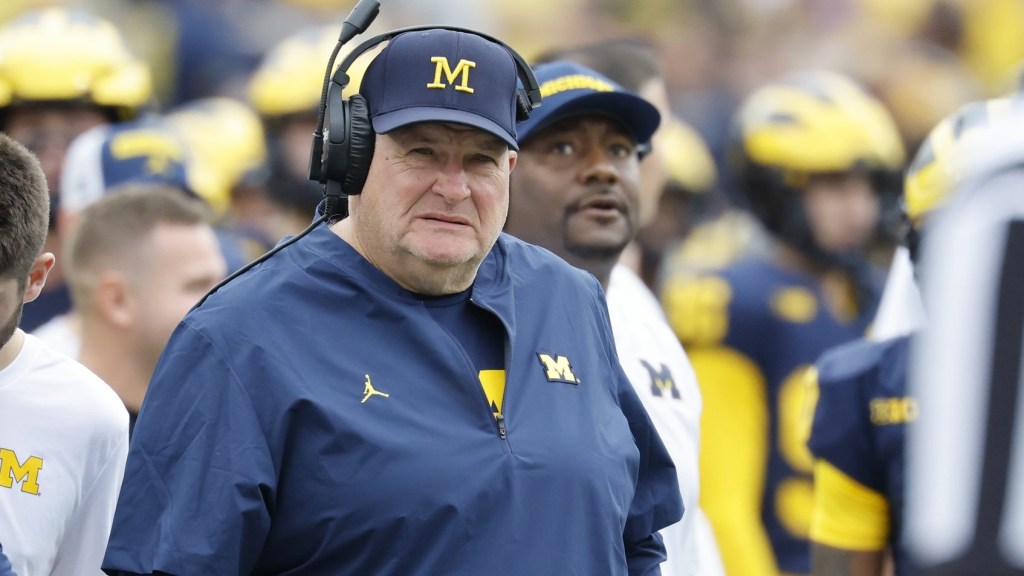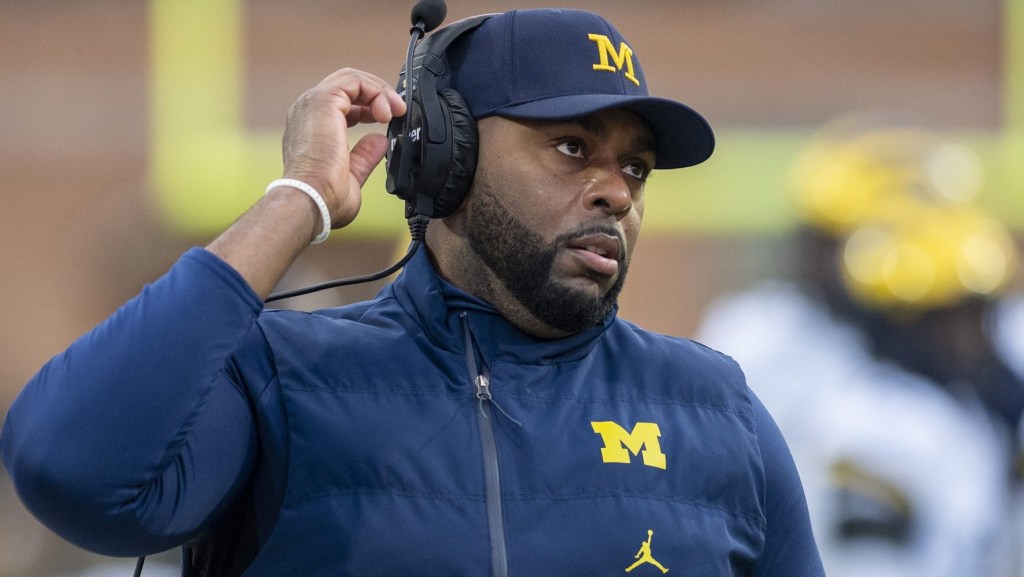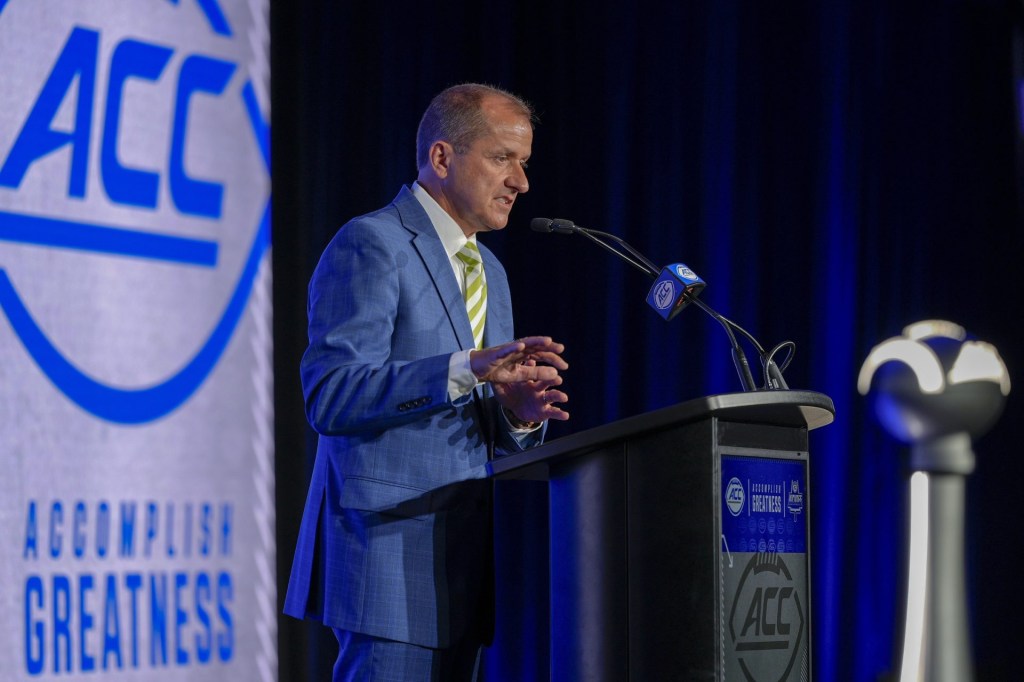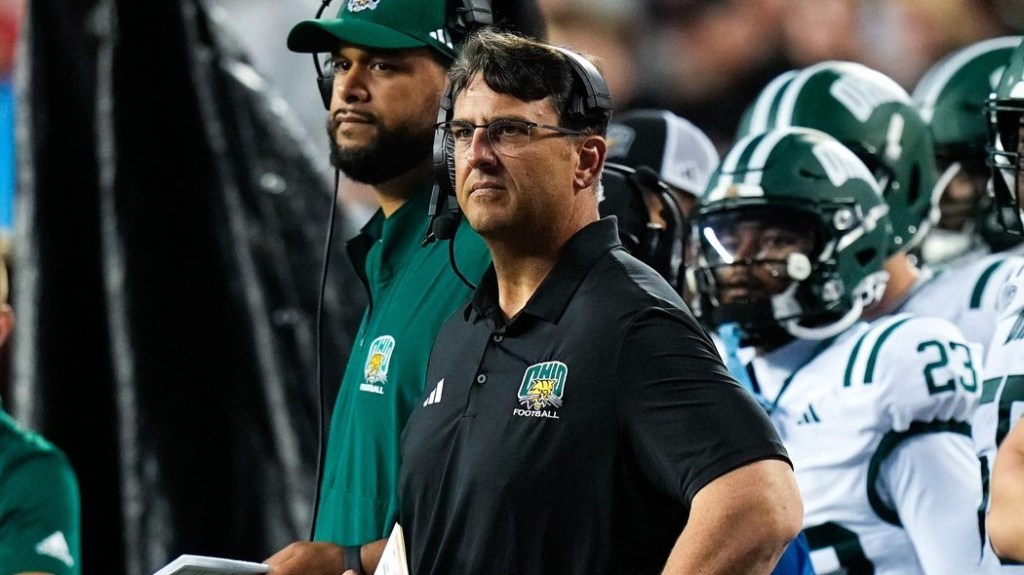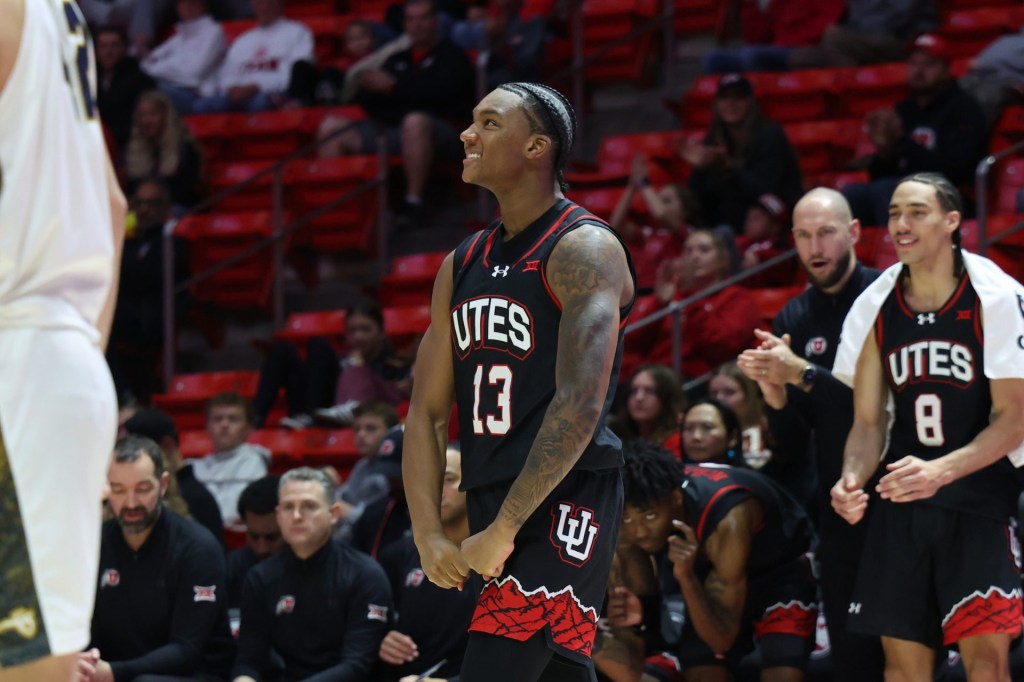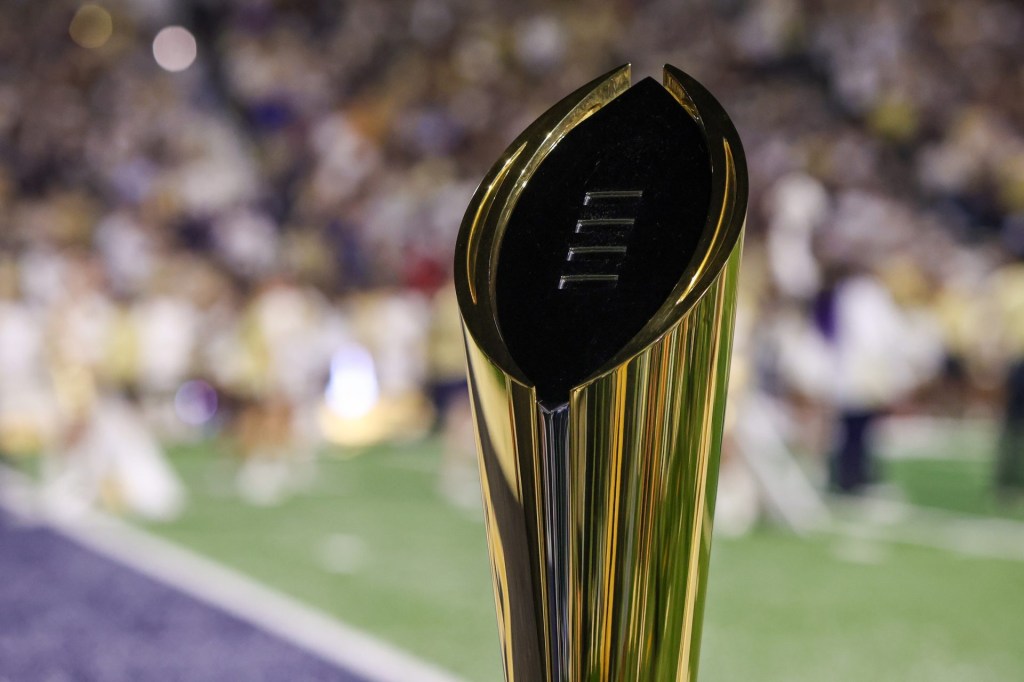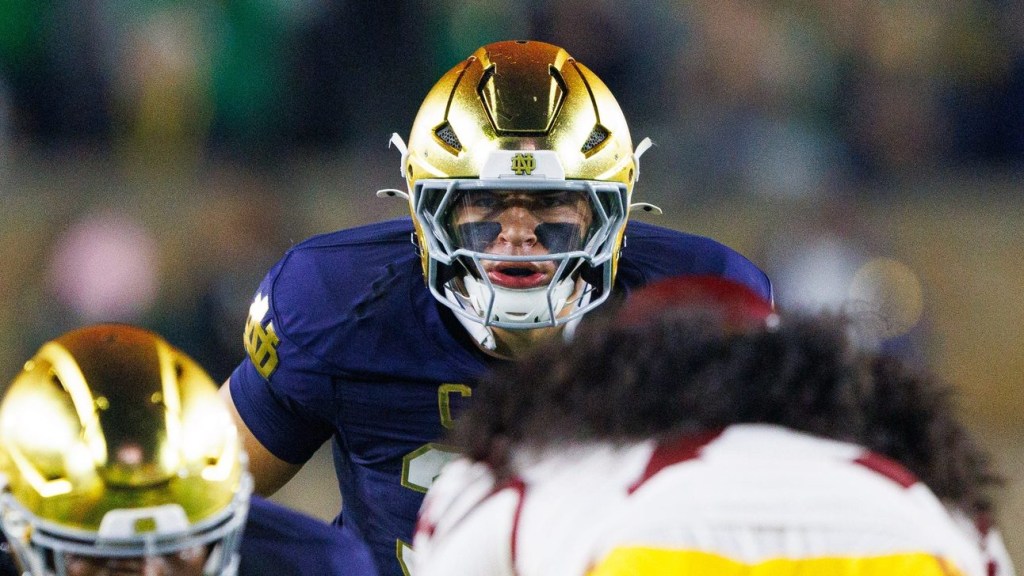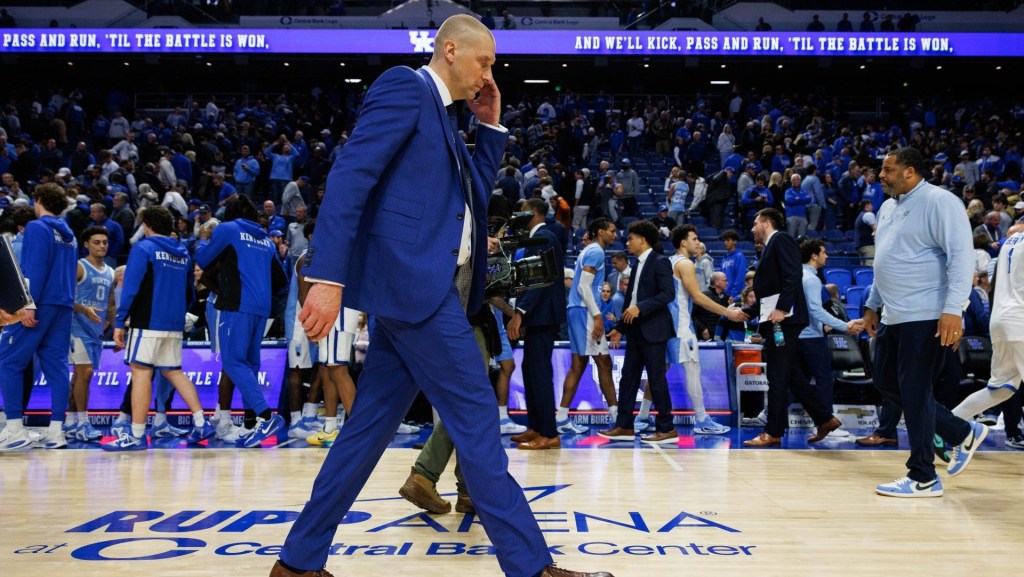On Wednesday, plaintiff lawyers in the Gee v. NCAA wrongful death trial wrapped up more than two weeks of testimony. They presented the jury with an array of medical experts, historians, and NCAA officials, as well as family and friends of late USC linebacker Matthew Gee.
The case, which centers on Gee’s death in 2018, will hand down the first jury verdict on the NCAA’s culpability with head injuries. Gee played for USC between 1988-92, and was diagnosed with CTE after dying at the age of 49. His widow, Alana Gee, claims the NCAA is responsible.
The trial began on Oct. 21 in Los Angeles Superior Court. Testimony could go until Nov. 21, judge Terry Green told the courtroom on Thursday.
One of the main points for plaintiffs was establishing that playing football can cause CTE — a widely accepted fact in the medical community today, though one of the NCAA’s own witnesses denied it. To do so, they enlisted CTE experts like Dr. Bennet Omalu and Dr. Robert Cantu.
Experts also explained how Gee’s brain showed evidence of the disease, and his family and friends provided anecdotal testimony of symptoms.
For most of his life, they said, Gee was known as caring, friendly, humorous, and intelligent. He was well-liked among teammates, created a safe and loving environment for his wife and children, and ran a successful insurance business.
But then, they described his mental and physical decline. In his 40s, he began to experience bouts of forgetfulness and rage. He became overweight and was diagnosed with substance use disorder (though the NCAA’s lawyers contended that Gee abused alcohol and drugs much earlier in his life). Gee died in his sleep on Dec. 31, 2018, with alcohol and cocaine present in his blood.
To prove the NCAA was responsible, the lawyers brought in historical experts Ellen Staurowsky and Stephen Casper.
- Staurowsky testified about how the NCAA’s bureaucratic labyrinth operated during Gee’s era — and said she believed the NCAA possessed the infrastructure to police injury protocols if it wanted to.
- Casper presented the jury with a trove of documents suggesting the NCAA was long aware of the dangers of repetitive head injuries. They included a medical handbook from 1933, an NCAA newsletter story from 1985, and even the suspicious case of missing NCAA Injury Handbooks from 1934-61.
- Experts then suggested that the NCAA did not adequately warn or protect athletes from these dangers in the era Gee played — and that it even fails to do so now.
The plaintiffs’ final witness was Alana Gee herself, who not only provided more details about Gee’s cognitive and physical decline, but described through tears how hard Matt fought to stay alive despite his deterioration.
It’s unclear whether the plaintiff lawyers’ evidence will be enough to prove a wrongful death conviction. Sports attorney Dan Lust previously pointed out that while proving negligence is likely, it’s extremely difficult to prove the NCAA’s actions specifically caused Gee’s CTE and death.
The defense began its own testimony on Wednesday afternoon. Throughout the next week, it will attempt to prove the NCAA did not have the requisite knowledge about head injuries; and that any available knowledge was up to schools themselves to implement, not the NCAA.
NCAA lawyers will also argue that CTE was not a major cause of Gee’s death — instead, they’ll suggest he died of complications related to substance use disorder and other health problems that were unrelated to his college football days.
If the NCAA prevails, it could provide grounds to throw out numerous other similar cases throughout the country. But if Gee wins, the NCAA could face hundreds of millions of dollars in damages and a deluge of future lawsuits.
Editor’s Note: Reporting of Gee v. NCAA was assisted by Courtroom View Network, which provided a livestream of the trial.
